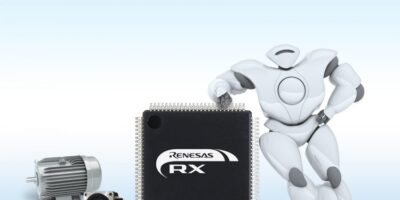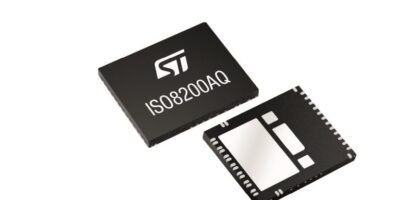Enhancing productivity in the automotive industry, Silicon Labs and Cognosos have collaborated to develop a wireless networking device to improve managing inventories.
Built on the Silicon Labs Flex Gecko system-on-a-chip (SoC), the Cognosos RadioTrax) tag enables employees to perform quick online searches or use their smartphones to pinpoint the location and movement history of cars stored in distributed car parks, increasing productivity and saving time.
Organisations with large inventories are frequently required to locate cars at a moment’s notice for maintenance, test drives or auctions. Large operations manage thousands of cars and often have multiple parking locations, creating a tracking challenge that can slow down business operations.
“Cognosos identified a time-intensive problem within the automotive industry and applied new IoT technology to create a superior experience for business operators,” said Ross Sabolcik, vice president and general manager of IoT products at Silicon Labs. “The Flex Gecko wireless SoC helped reduce the size, cost and complexity of the RadioTrax tag,” he added.
The end user uses a smartphone application to scan the RadioTrax tag and associates it by scanning the car’s VIN or stock number. The vehicle quickly shows up on a digital map, along with instructions on how to reach it. The Cognosos RadioTrax tag is secured to the visor or rear-view mirror of every car and transmits a sub-GHz radio message using patented wireless technology. The RF device includes an accelerometer to detect motion whenever the car is moved. Unlike previous RFID alternatives requiring extensive infrastructure and only showing the last known location of a car, RadioTrax displays the car’s real-time location.
Jim Stratigos, co-founder and CTO of Geo IoT platform provider, Cognosos, said: “The Flex Gecko SoC enabled us to pack more wireless and processing functionality into our device while using less power.”
Cognosos’ RadioCloud platform enables enterprises to deploy value-creating services with greater reliability and at a fraction of the cost of competing approaches.
Silicon Labs provides silicon and software for a smarter, more connected world, serving the IoT, internet infrastructure, industrial automation, consumer and automotive markets.






